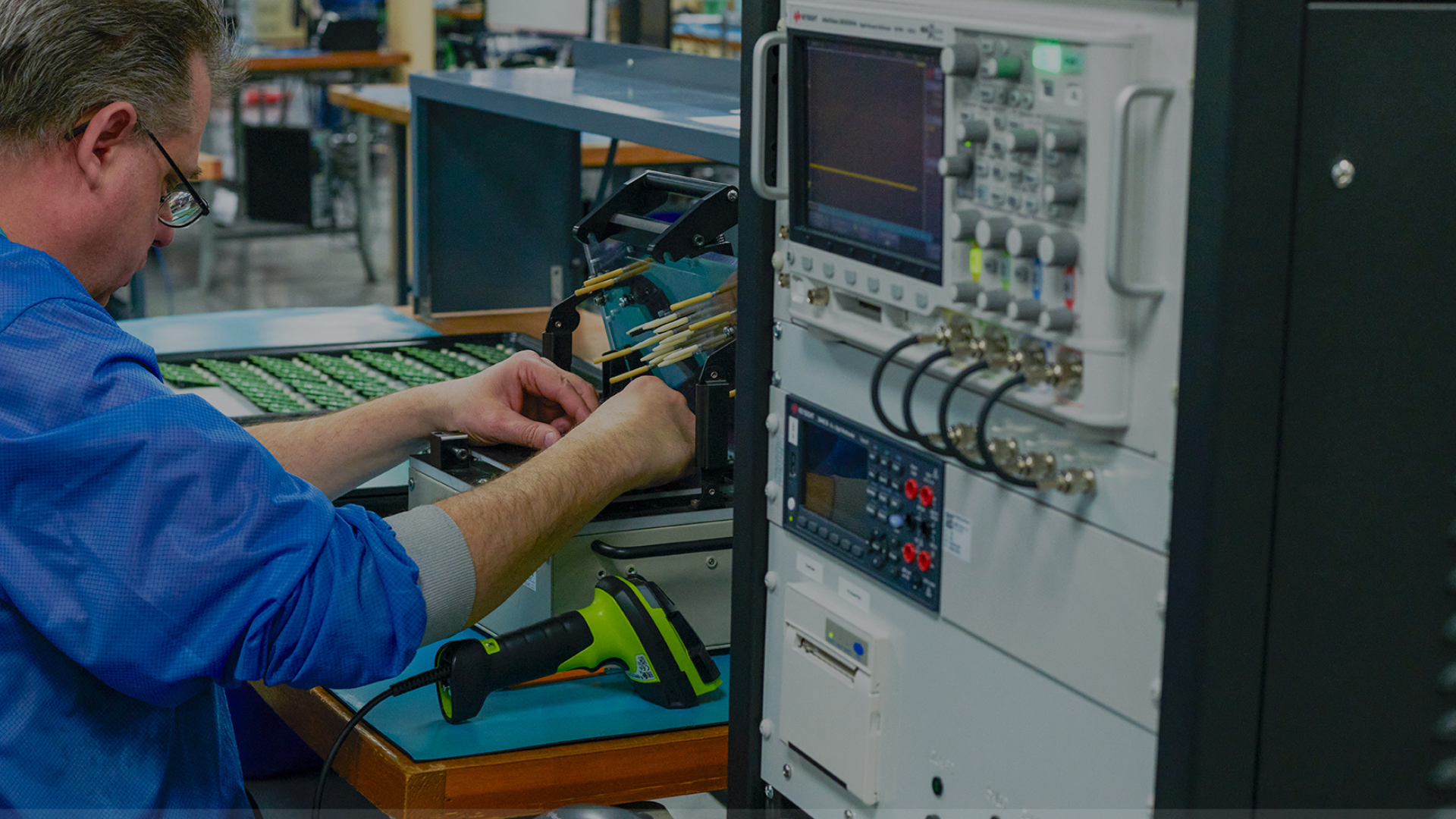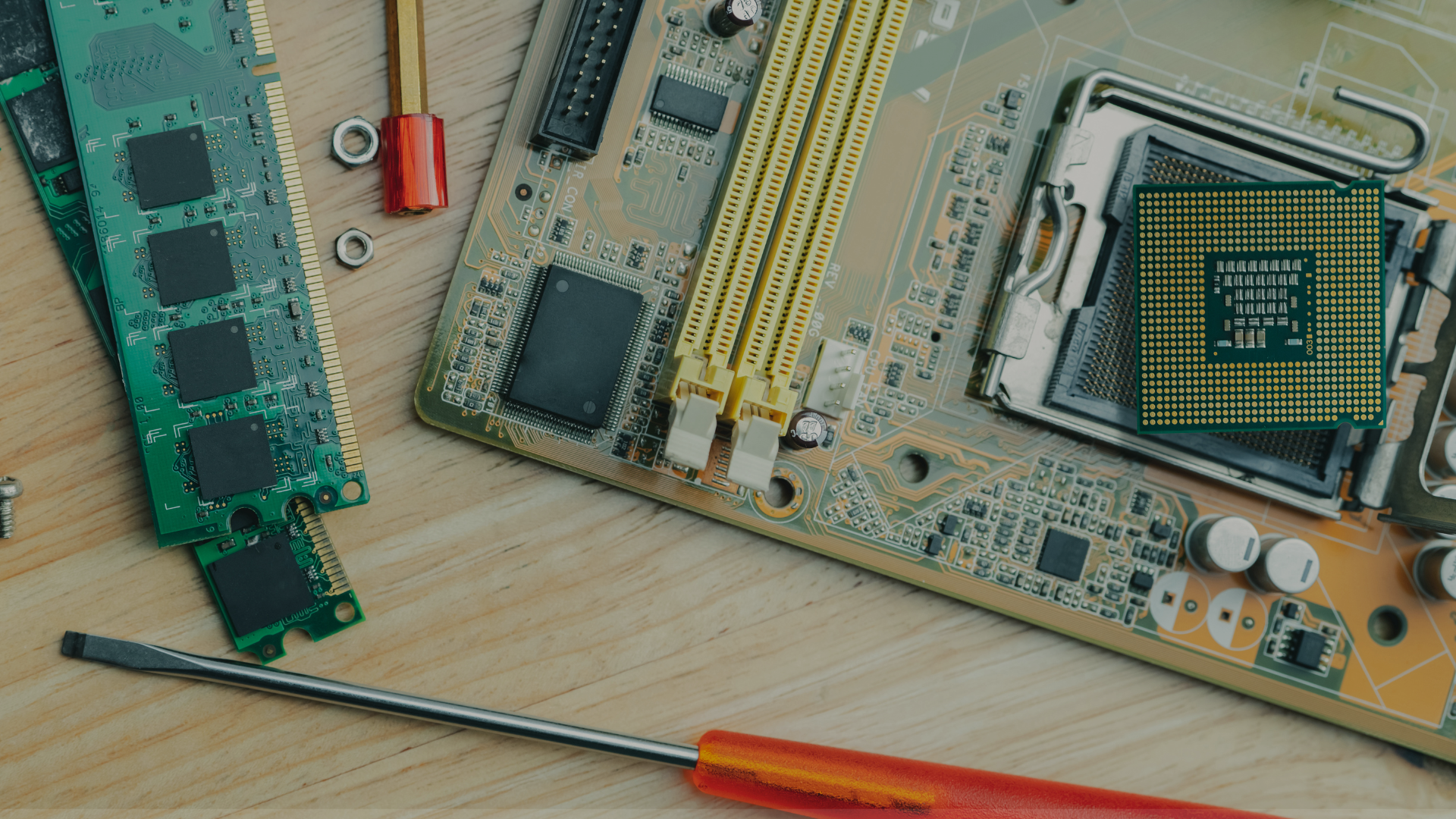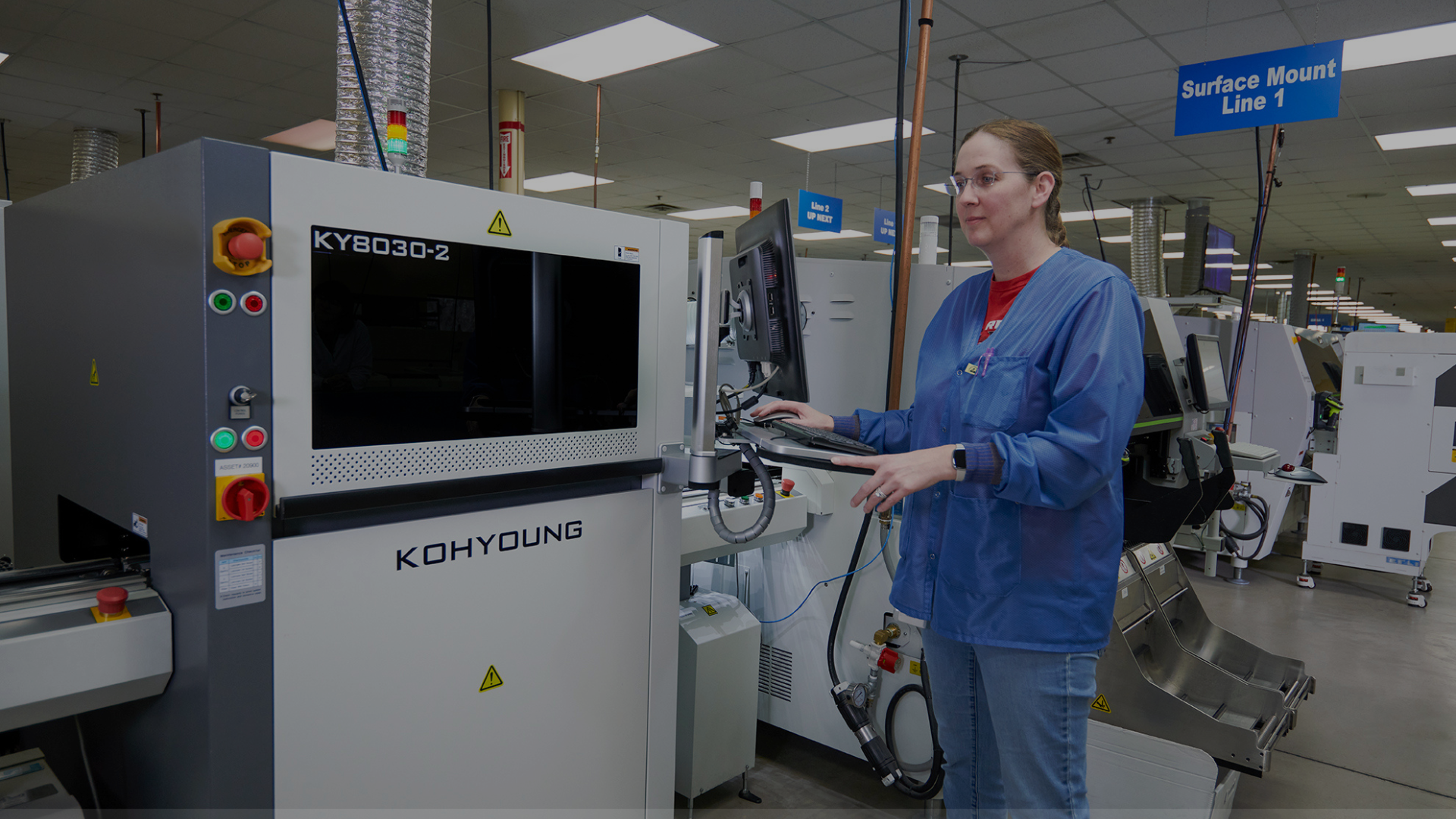Project Management - Planning for Risk
In the fast-paced world of electronics manufacturing, risk isn't a maybe, it's a guarantee. Whether you're developing a new PCB assembly, scaling to production, or managing a complex supply chain, unexpected disruptions can derail even the best-laid plans. That's why proactive risk management is a cornerstone of successful project management in today's manufacturing environment.
Why Risk Management Matters in Manufacturing
Risk management is often though of as a reactive practice, something you deal with after a problem occurs. In reality, it's a proactive strategy that helps teams predict, plan for, and reduce uncertainty before it becomes a bottleneck.
In electronics manufacturing, risks can take many forms:
- Component shortages or long lead times
- Design flaws caught late in the process
- Quality or inspection failures
- Inaccurate BOMs or incomplete documentation
- Capacity constraints or labor shortages
Left unchecked, these risks can extend timelines, inflate costs, or impact product quality which leads to rework, missed launch dates, or damaged customer trust.
1. Understanding Risk Management in Manufacturing
Risk management is the discipline of identifying potential problems before they occur and having a plan in place to avoid or minimize their impact.
In the context of electronics manufacturing and product development, this means asking questions like:
- Are our BOMs complete and accurate?
- Do we have alternates identified for long-lead or high-risk components?
- Are our test strategies aligned with product complexity and reliability goals?
- Do we have realistic build schedules that account for supply variability?
Understanding the full landscape of risk - across engineering, sourcing, production, and logistics - empowers teams to build with more confidence and fewer surprises.
2. Key Steps for Effective Risk Management
At SMT, we follow a structured approach to risk management with every new project:
Step 1: Identify Potential Risks
Use cross-functional reviews (engineering, sourcing, production) to map out possible threats to timeline, quality, or cost.
Step 2: Assess Impact and Likelihood
Assign severity and probability scores to prioritize risks that require immediate attention.
Step 3: Develop Mitigation Strategies
Create a plan for addressing each high-priority risk. This could include redesign, sourcing alternates, earlier test planning, or parallel workflows.
Step 4: Implement and Monitor
Put risk mitigation actions into place and monitor them throughout the project. Use regular checkpoints to track progress.
Step 5: Communicate Continuously
Make risk planning a shared responsibility. Keep internal stakeholders and suppliers informed so you're aligned at every stage.
3. Benefits of Proactive Risk Management
Companies that bake risk planning into their manufacturing strategy consistently see these advantages:
- Shorter Timelines: Fewer surprises mean faster builds and fewer delays
- Lower Costs: Preventing rework or expedite fees is far cheaper than reacting to problems later
- Higher Quality: Proactive design reviews and robust test strategies catch issues
- Better Supplier Relationships: Clear expectations and foresight reduce conflict and foster collaboration
- More Predictable Outcomes: When risks are anticipated, timelines and budgets are easier to manage
4. Best Practices for Managing Risk in Projects
Here are several practices we recommend to OEMs and project managers working with SMT:
- Engage your EMS partner early: Risk is easier to manage when we're involved from the design handoff - not just at build time
- Keep BOMs clean and complete: Missing MPNs, unapproved alternates, or vague descriptions are common causes of sourcing delays.
- Use parallel test and build planning: Build test fixtures and strategies alongside manufacturing, not after
- Document risk plans in project trackers: Visibility is key - track open risks like you would issues or tasks
- Review risks at key milestones: Pause at EVT, DVT, PVT, and launch to assess new or evolving risks.
Risk will always be a part of manufacturing, but it doesn't have to be a threat. When project managers and OEMs plan proactively, risk becomes manageable, measurable, and, most importantly, preventable.
At SMT, we treat risk management as a strategic tool, not a safety net. By partnering with OEMs early and often, we help navigate the complexity of electronics manufacturing with foresight, flexibility, and confidence.
You May Also Like
These Related Stories

Holistic Test Strategies to Empower Your Product Lifecycle

DFM - What Questions to Ask About Your Design


